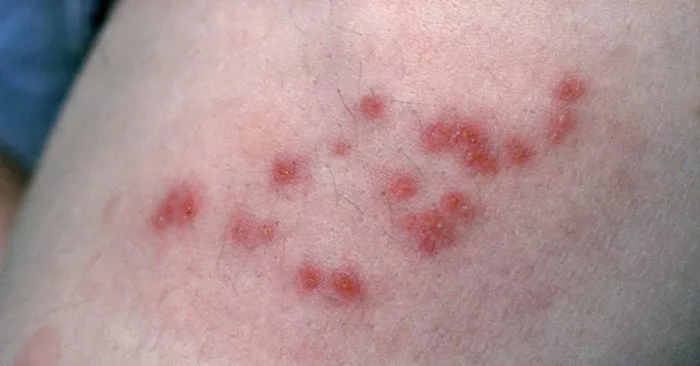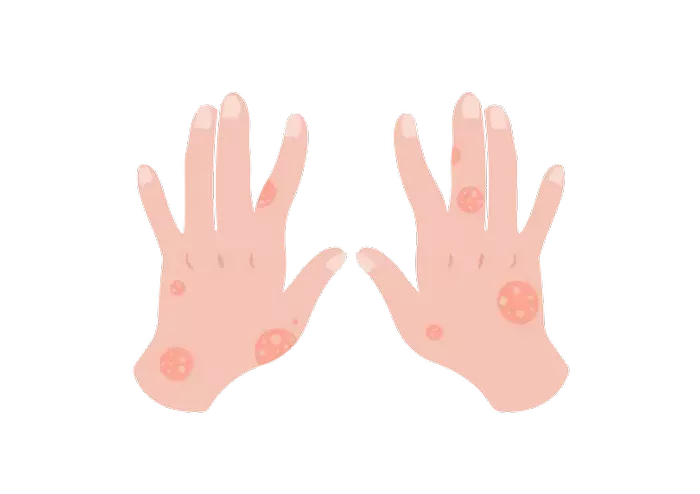Shingles, medically known as herpes zoster, is a viral infection caused by the varicella-zoster virus—the same virus responsible for chickenpox. While it may seem like a relic of childhood, the virus can lay dormant in nerve tissue for years and re-emerge later in life, causing shingles. One of the hallmark symptoms of shingles is pain, which can manifest even before the characteristic rash appears. Understanding the nature of early shingles pain is crucial for timely diagnosis and effective management of this condition.
The Onset: Recognizing the Early Signs
Early shingles pain often catches individuals by surprise due to its sudden onset and distinctive characteristics. While symptoms can vary from person to person, many describe the initial sensations as unusual and often alarming. The pain typically begins with tingling, burning, or itching sensations in a specific area of the body. This area is usually localized and follows the path of a nerve where the virus has reactivated.
For some individuals, the pain can be quite intense from the start, while for others, it may start as mild discomfort that gradually worsens over time. This variability in presentation can make early diagnosis challenging, especially if the pain is not immediately associated with shingles.
The Nature of Early Shingles Pain: What to Expect
The quality of pain experienced during the early stages of shingles can vary widely among individuals. However, certain characteristics are commonly reported by those affected:
1. Burning Sensation: Many describe the pain of early shingles as a burning or searing sensation. This intense heat-like feeling can be constant or intermittent and may worsen with movement or touch.
2. Stabbing or Shooting Pain: Some individuals experience sharp, stabbing pains that radiate along the affected nerve pathway. These shooting pains can be sudden and intense, often described as electric shocks.
3. Itching and Tingling: In addition to pain, itching and tingling sensations are common early symptoms of shingles. These sensations can be persistent and may precede the onset of pain by several days.
4. Hypersensitivity: The affected area may become hypersensitive to touch, temperature changes, or even clothing brushing against the skin. This heightened sensitivity, known as allodynia, can exacerbate the discomfort experienced by individuals with early shingles.
5. Deep Aching: In some cases, the pain of shingles may manifest as a deep, aching sensation in the muscles or joints near the affected area. This dull ache can contribute to overall discomfort and may be accompanied by feelings of fatigue or malaise.
6. Nerve Pain: Since shingles affects the nerves, individuals may experience neuropathic pain characterized by sensations such as tingling, burning, or shooting pains. This type of pain can be challenging to manage and may persist even after the rash has healed.
Differentiating Early Shingles Pain from Other Conditions
Given the varied nature of early shingles pain, it is essential to differentiate it from other conditions that can cause similar symptoms. Conditions such as sciatica, diabetic neuropathy, and even heart-related issues like angina can present with similar sensations of burning, tingling, or shooting pains. However, certain features can help distinguish shingles-related pain:
1. Unilateral Distribution: Shingles pain typically affects one side of the body, following a dermatomal pattern corresponding to the affected nerve pathway. This unilateral distribution can help differentiate it from conditions that cause bilateral symptoms.
2. Preceding Rash: While the rash associated with shingles may not appear until a few days after the onset of pain, the presence of a rash is a hallmark feature of the condition. The appearance of a red, blistering rash in the affected area can confirm the diagnosis of shingles.
3. History of Chickenpox: Individuals who have had chickenpox in the past are at risk of developing shingles later in life. A history of chickenpox increases the likelihood that early symptoms of pain are due to shingles rather than another cause.
4. Flu-like Symptoms: Along with pain, many individuals with shingles experience flu-like symptoms such as fever, fatigue, and headache. The presence of these systemic symptoms can further support a diagnosis of shingles.
Seeking Medical Evaluation and Treatment
If you experience symptoms suggestive of early shingles pain, it is crucial to seek prompt medical evaluation. While there is no cure for shingles, early treatment can help alleviate symptoms, reduce the severity of the infection, and prevent complications. Healthcare providers may prescribe antiviral medications such as acyclovir, valacyclovir, or famciclovir to shorten the duration of the illness and alleviate pain.
In addition to antiviral medications, pain management strategies play a crucial role in the treatment of shingles-related pain. Over-the-counter pain relievers such as ibuprofen or acetaminophen can help alleviate mild to moderate discomfort. For more severe pain, prescription medications such as gabapentin or pregabalin may be recommended to target nerve-related pain.
Conclusion
Early shingles pain can manifest in a variety of ways, ranging from burning and tingling sensations to sharp, stabbing pains along affected nerve pathways. Recognizing these early symptoms is essential for timely diagnosis and initiation of treatment. If you experience unusual sensations or pain localized to one side of your body, especially in conjunction with flu-like symptoms, consult a healthcare provider promptly. With early intervention, the impact of shingles-related pain can be minimized, leading to faster recovery and improved quality of life.

























